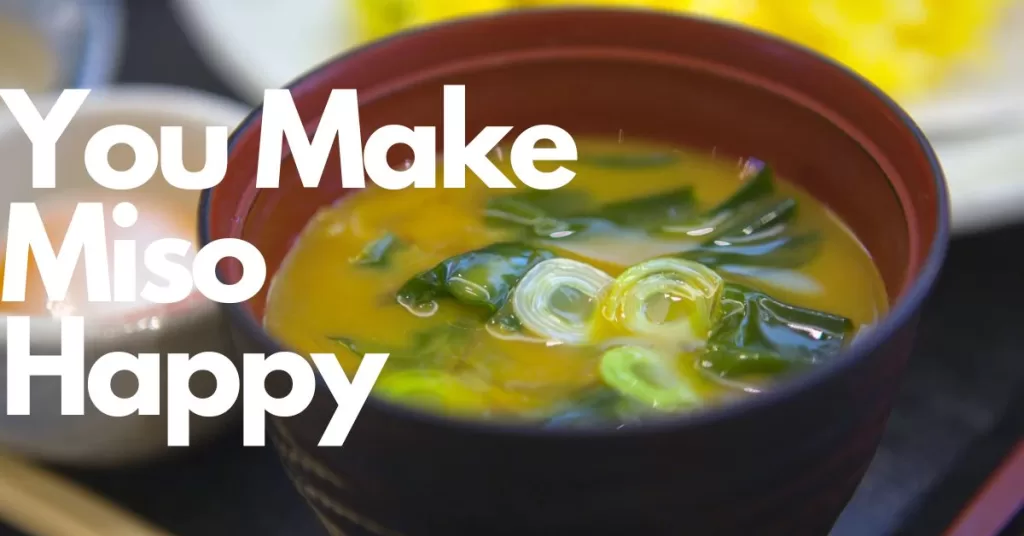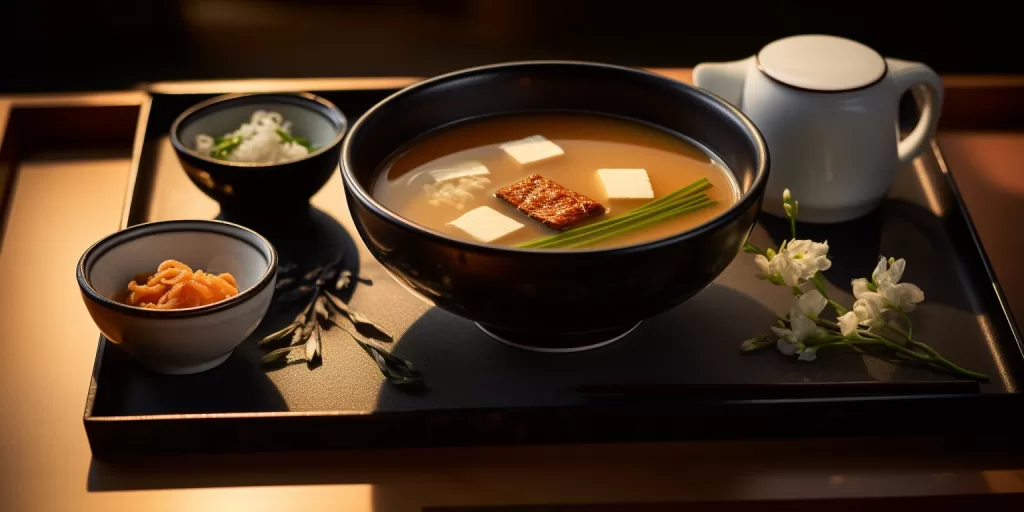How Often is Miso Soup Part of Meals in Japan Today?
Miso soup has long been considered a staple of traditional Japanese cuisine. The salty, umami-rich broth made from fermented soybeans is typically served alongside rice, making up what is considered a classic Japanese breakfast. But with changing tastes and lifestyles in Japan, some have wondered if miso soup remains as common a part of daily meals as it once was.

🍲 LINE Research conducted a survey on miso soup habits across genders in Japan.
📊 Almost 50% of people consume miso soup more than half of the week.
👫 No significant gender differences in frequency of consumption.
👶 Highest daily consumption rates are in the teens and 40–50 age groups.
👦 Lowest frequency is among people in their 20s and 30s.
🗾 People in Eastern Japan, particularly the Tohoku region, consume miso soup more frequently than those in Western Japan.
🥇 Favorite ingredients are Tofu, Wakame, and Nameko mushrooms, popular across genders.
👩🦳 Tofu is especially popular among women over 30.
🌱 Wakame is popular among younger generations.
👨🦳 Ingredients like “Shijimi” (a type of clam) are popular among men, especially those over 30.
👩🦳 Ingredients like Daikon and onion are popular among women.
🍠 Special regional favorites also exist, such as “Shijimi” in Hokkaido and Tofu in Shikoku.
Survey Data Confirms Miso Soup’s Continued Popularity
The prevalence of miso soup in modern Japan is supported by survey data from sources like the LINE Research online platform.
A 2021 LINE survey found that nearly 50% of Japanese people reported drinking miso soup more than half of the week. Only 2% said they never consume miso soup, showing its near ubiquity in the modern diet.
The survey also found no significant differences between men and women’s miso soup consumption. And while people in their 20s and 30s showed somewhat lower frequencies, over 60% still reported eating it multiple times per week.
Additionally, over 80% across all age groups said they consume miso soup at least once a week. This data affirms the continued presence of miso soup in most Japanese households today.
Redditors Share Experiences of Miso Soup Consumption

Recently on the Japan subreddit, an online forum for discussing topics related to Japan, a user posted asking how often miso soup is actually consumed as part of meals in Japan today. They explained that while they had assumed miso soup was eaten with every meal, conversations with Japanese friends and co-workers living overseas revealed that miso was not a daily staple for them growing up.
With Japan residents and expats alike weighing in on their experiences. While a few noted reduced frequencies among younger generations, the overall consensus was that miso soup remains a common part of daily home cooking for many Japanese.
“Comes with my lunch every day at the office (or occasionally a different soup, but usually miso),” commented a user. “Also a part of most traditional set meals at Japanese restaurants, and people generally make it once or twice per week at home with dinner.”
Another user simply stated “Probably every day,” a sentiment echoed by many other commenters. Some Redditors estimated eating miso soup multiple times a day.
While frequencies varied from daily to a few times per week, over 80% of respondents said they consume miso soup at least once a week. Some tied regular consumption to older generations and traditional households, noting reduced frequencies among youth and single professionals. But overall, the vast majority of anecdotal evidence pointed to miso soup maintaining widespread popularity at home.
The Health Benefits of Miso Soup

Beyond being a tasty comfort food, miso soup offers a range of potential health benefits that may contribute to its ongoing popularity.
“It’s a great way to fill up on a budget and be relatively healthy,” a Redditor commented.
As a fermented food, miso provides probiotics that support digestive and gut health. The soybeans used to make miso also contain compounds called isoflavones, which studies have linked to reduced risk of heart disease, cancer, and menopause symptoms.
Miso soup is high in protein, fiber, vitamins, and minerals, while being low in calories and fat. Its simple preparation makes it an accessible and nutritious addition to any meal.
While modern lifestyles and tastes have diversified Japanese cuisines, miso soup remains deeply rooted in the culture. The prevalence of miso in home cooking and traditional restaurant fare shows this salty soup continues to be a staple for many Japanese today. Its convenience, nostalgic ties to breakfasts past, and wealth of health benefits ensure miso soup will maintain its place in Japanese meals for generations to come.